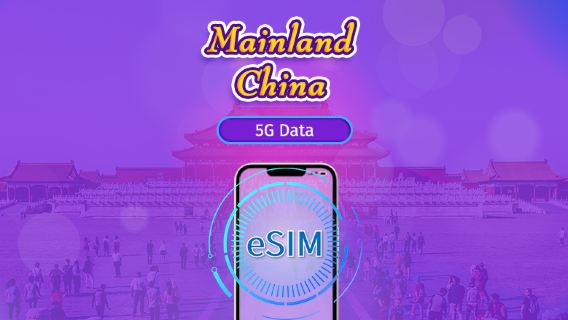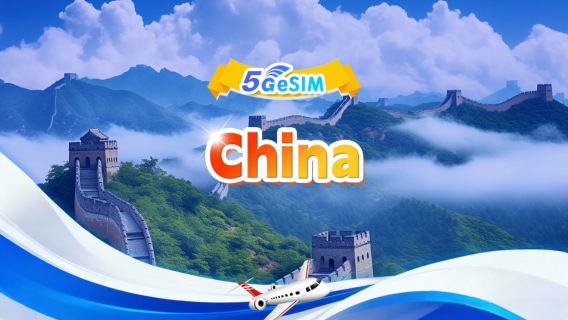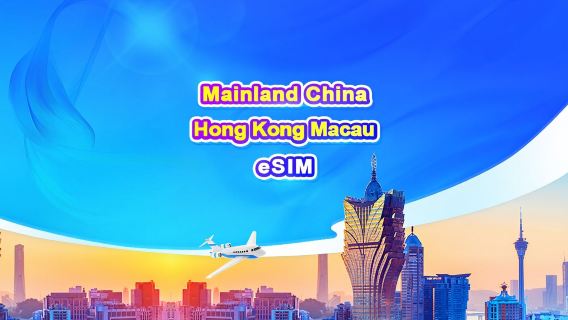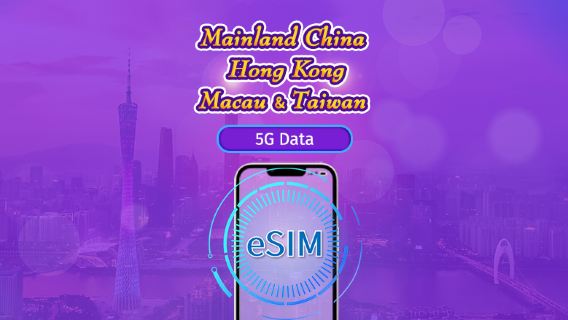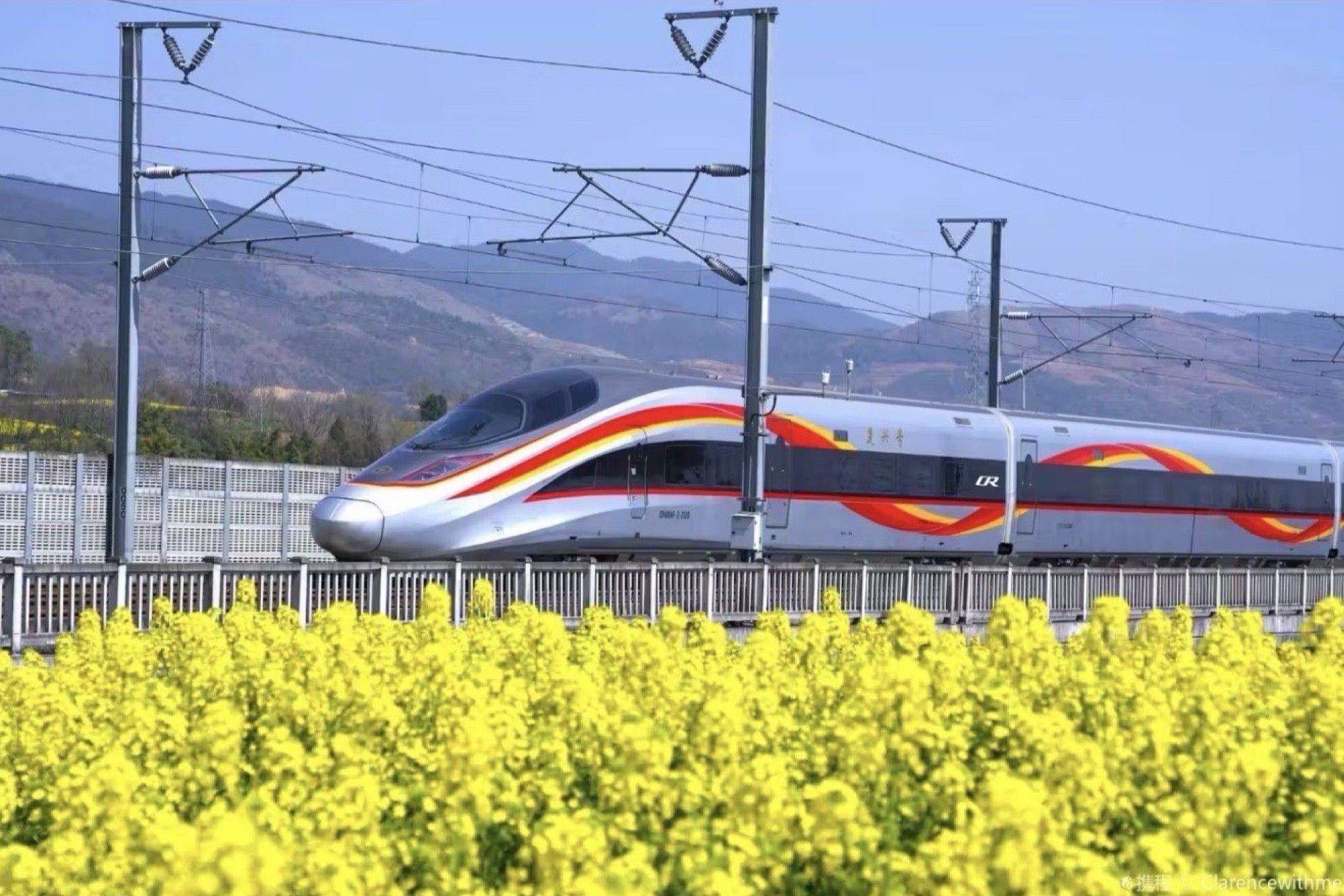
China trains offer various seat classes, from luxurious Business Class to budget-friendly Hard Seats, allowing you to choose the best option for your journey.
Below we’ve compared seats on high-speed trains (G/D/C trains) and ordinary trains (Z/T/K trains), covering amenities, prices, and comfort to help you decide.
🏷️Find Cheap Flights, Hotels, Train Tickets, and eSIMs & SIM Card for Your China Trip
👉Search Cheap China Attractions Tickets and Tours on Trip.com
How many train seat classes are there in China?
China's high-speed trains offer 7 seat classes, while ordinary trains have 5 types. Here's how to understand and choose the right option for your journey. Each class provides different levels of comfort and amenities to suit various travel needs and budgets.
👇See how high-speed train seats differ from ordinary train seats in the table below!
| Seat Type | Layout | Available On | Class |
High-Speed Train (G, D, C Trains) | |||
Second Class | 2 + 3 | G/D Trains | Economy |
First Class | 2 + 2 | G/D Trains | Premium |
Premium 1st Class | 2 + 2 / 1 + 2 | G/D Trains | Luxury |
VIP Seats | 2 + 1 | G/Certain D train | Superior |
Business Class | 1 + 1 / 1 + 2 | G Trains | Elite |
Open Seating | 2 + 2 | C-Trains/ S-Trains | No assigned seats; first-come, first-served. |
Second Class Sleeper | 6-berth Cabin (Upper/Middle/Lower) | D Trains (Overnight) | Economy Sleeper |
First Class Sleeper | 4-berth Cabin | D Trains (Overnight) | Premium Sleeper |
Ordinary Train (Z, T, K, and Numbered Trains) | |||
Hard Seat | 2 + 3 | Z, T, K, and Numbered Trains | Budget |
Soft Seat | 2 + 2 | Z, T, K, and Numbered Trains | Standard |
Hard Sleeper | 6-berth Cabin (Upper/Middle/Lower) | Z, T, K, and Numbered Trains | Budget Sleeper |
Soft Sleeper | 4-berth Cabin | Z, T, K, and Numbered Trains | Premium Sleeper |
Deluxe Soft Sleeper | 2-berth Cabin | Few Z, K, Y, and Numbered Trains | Luxury Sleeper |
What are the seat classes on China's high-speed trains?
For high-speed trains (G/D/C trains), passengers can choose from several seating options: Business Class (the highest class), First Class/Premium 1st Class, Second Class, and First Class Sleeper and Second Class Sleeper on some night D trains. Some intercity and suburban trains (e.g. C trains/S trains) offer open seating, which does not require assigned seats. Let's have a look at the different seat classes on China's high-speed trains, along with their facilities and photos.
Business Class (商务座)
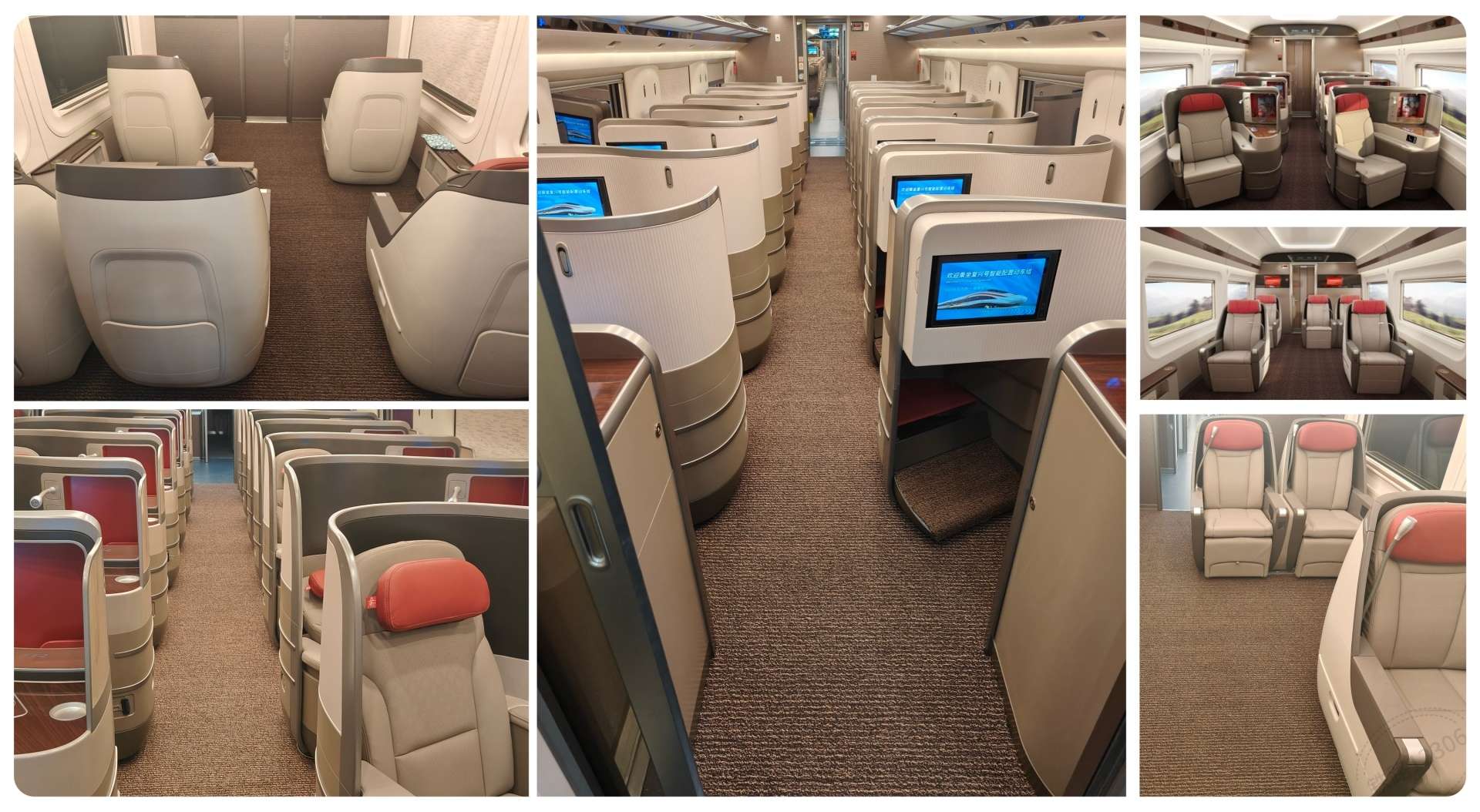
China bullet train business class, Image credit: Railway 12306
Business Class is mainly available on G trains, featuring either a 1+1 or 1+2 seat configuration. This most premium class offers a luxurious travel experience with lie-flat seats, personalized service, and exclusive amenities.
These seats fully recline to 180° and provide 3-4 times more space than Second Class, complete with premium dining services, personal entertainment screens, adjustable lighting, and dedicated power outlets. The price of business class is usually 3-4 times higher than that of second class, and is more common on popular routes like Beijing-Shanghai and Guangzhou-Shenzhen.
Why choose China Bullet Train Business Class?
VIP Seats (特等座)
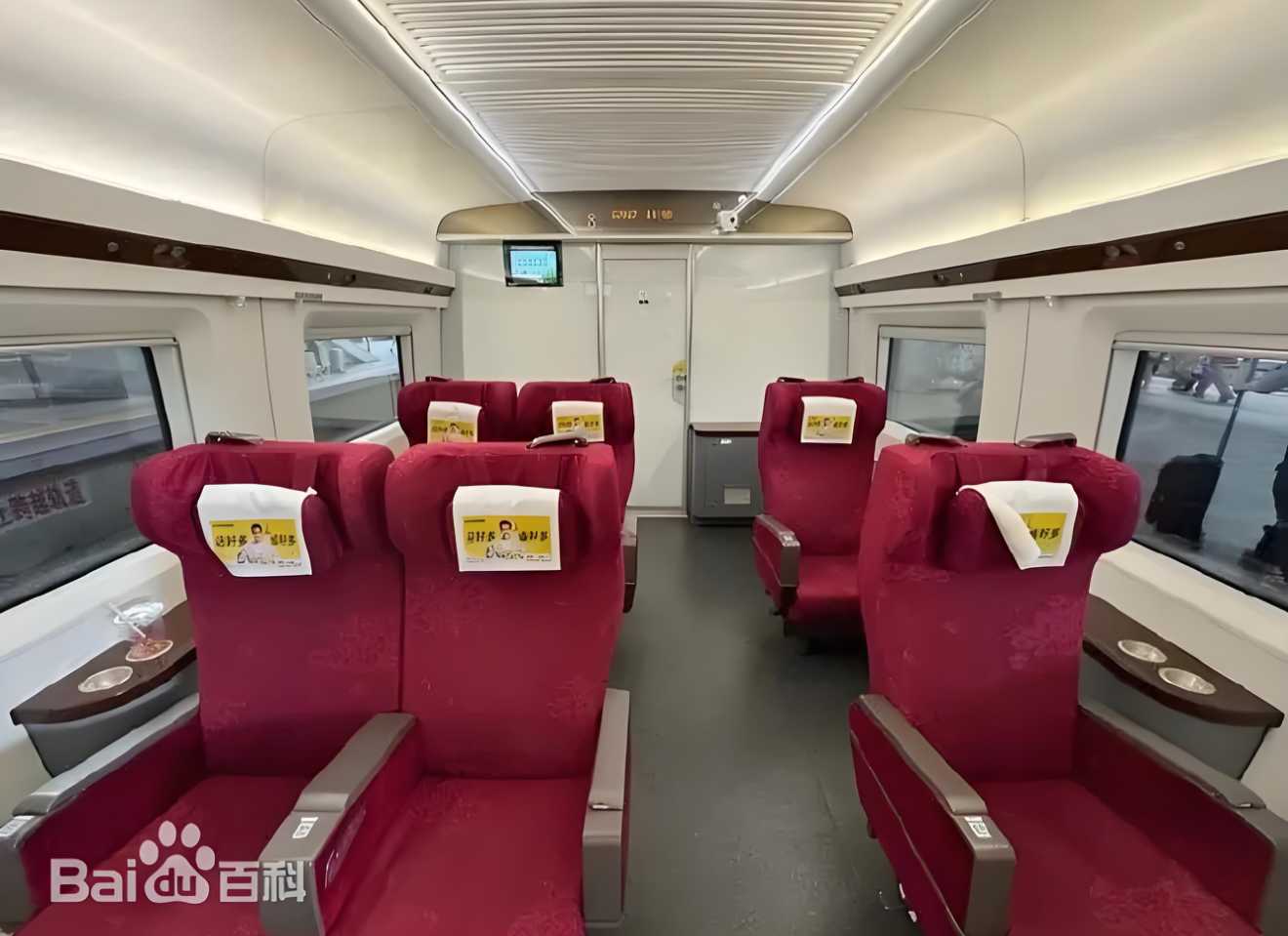
VIP seats, Image credit: Baidu
The VIP seats on some G/D trains are arranged in a 2+1 layout and are located near the driver's cab. With only 6-8 seats per carriage, these premium spaces offer a semi-private compartment experience.
Offering 120° recline, these seats provide greater privacy and quieter surroundings compared to First Class, at about 2-2.5 times the Second Class fare. These seats are usually found in major routes, such as Beijing-Shanghai and Shanghai-Kunming.
Premium 1st Class (优选一等座)
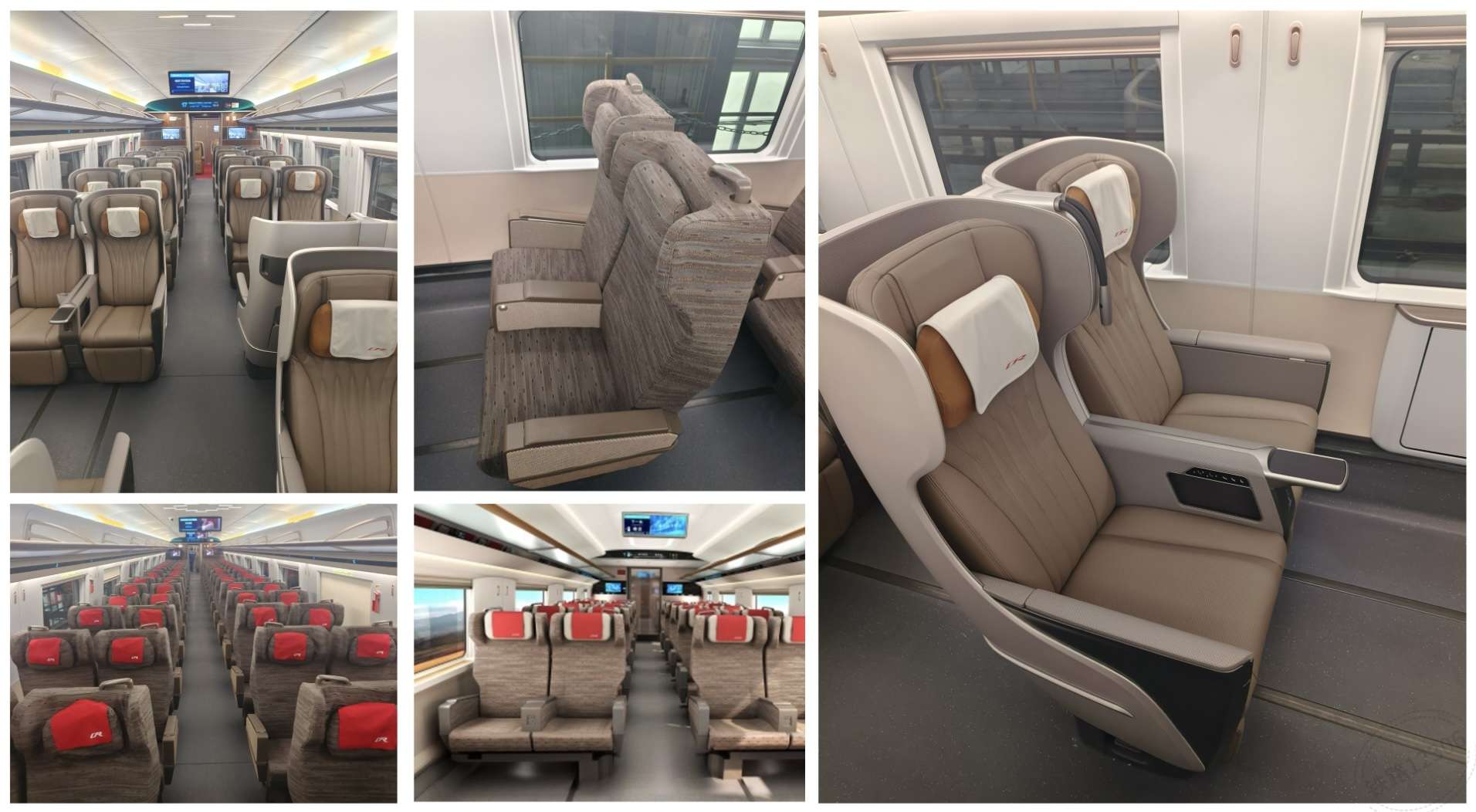
Premium 1st Class appears on certain Fuxinghao G trains (like Beijing-Shanghai) with either 2+2 or 1+2 configurations. These seats have more space than Second Class with upgraded cushions, extra legroom, and priority services at approximately 2.2 times the Second Class fare (¥1,457 vs ¥662 on Beijing-Shanghai route).
First Class (一等座)
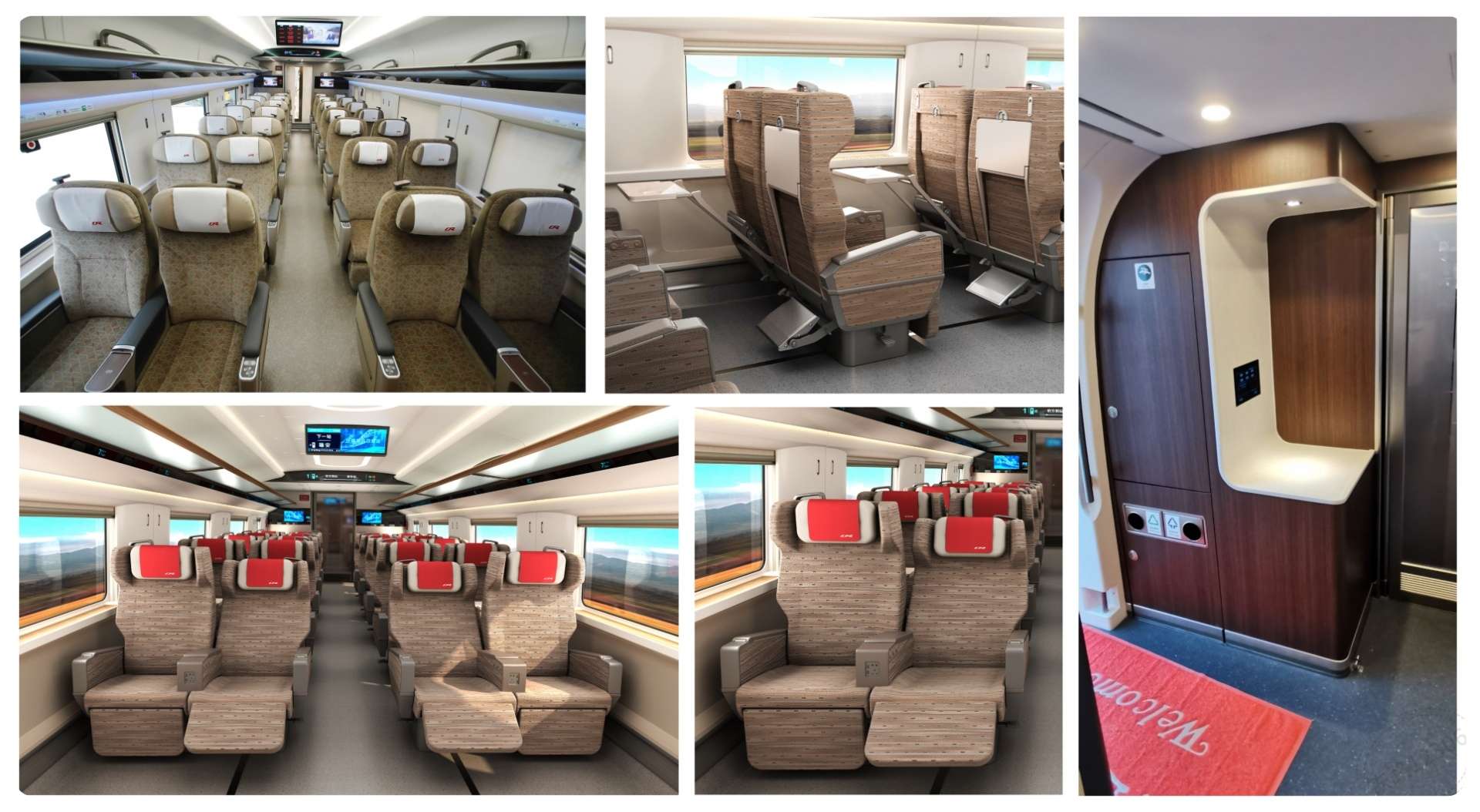
First Class provides comfortable 2+2 seating across all G/Dtrains, offering roughly 1.5 times more space than Second Class. Features include greater recline angles, wider seats, fold-out tables, and power outlets, typically costing about 1.6 times more than Second Class tickets (¥1,060 vs ¥662 on G trains for Beijing-Shanghai high-speed rail).
Second Class (二等座)
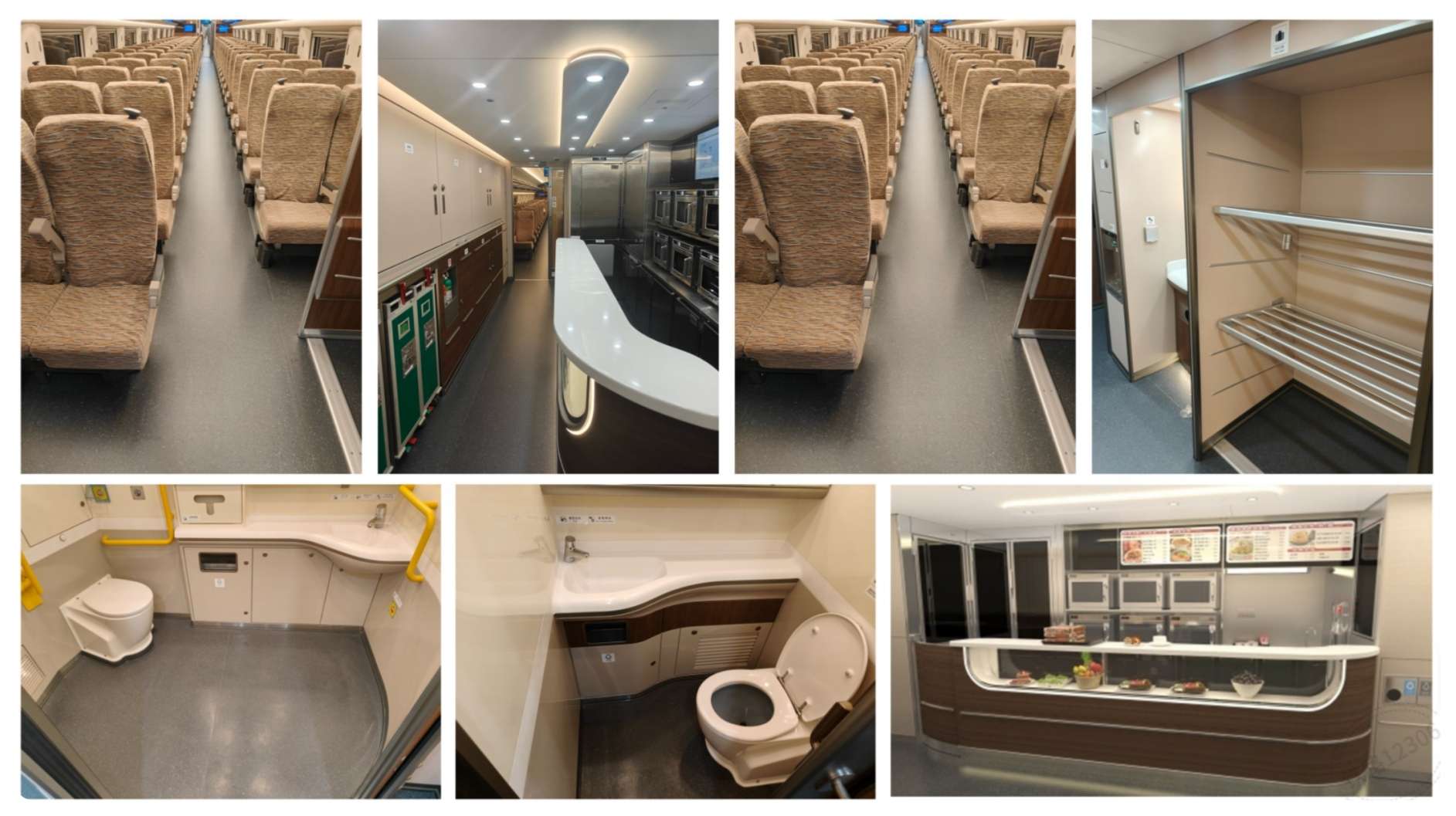
Second class is the standard 3+2 seating configuration on all high-speed trains, with a base fare of (Beijing-Shanghai ¥662 for G trains, ¥316 for D trains). Although more compact, the seats still recline slightly and come with basic amenities like tray tables and charging ports.
What is the difference between First Class and Second Class on China's high-speed train?
First Class Sleeper (一等卧)
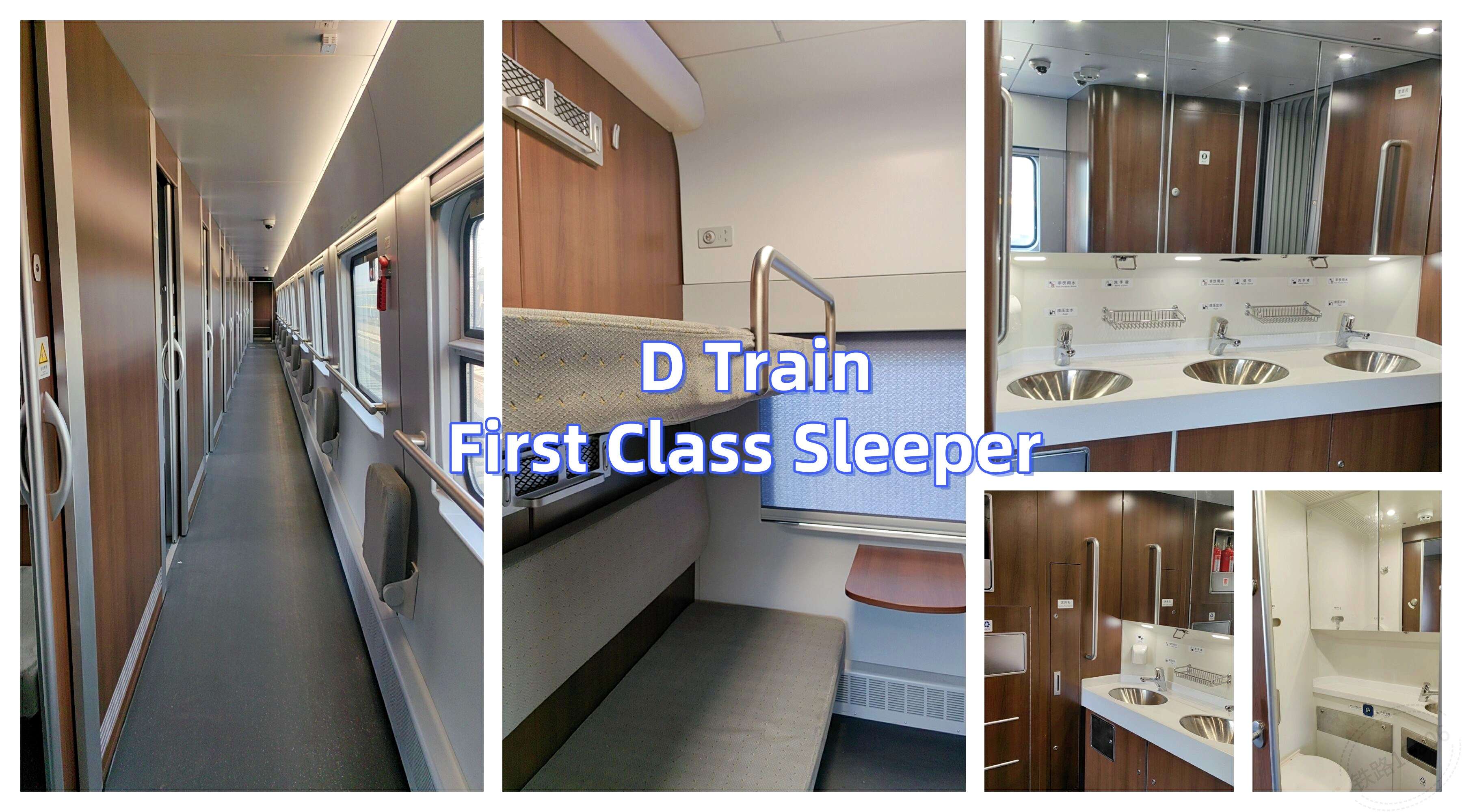
First Class Sleepers on overnight D trains provide private 4-berth cabins with bedding included. The price of this type of sleeper is usually about 1.9-2.2 times the price of a second-class fare on the D train.
Second Class Sleeper (二等卧)
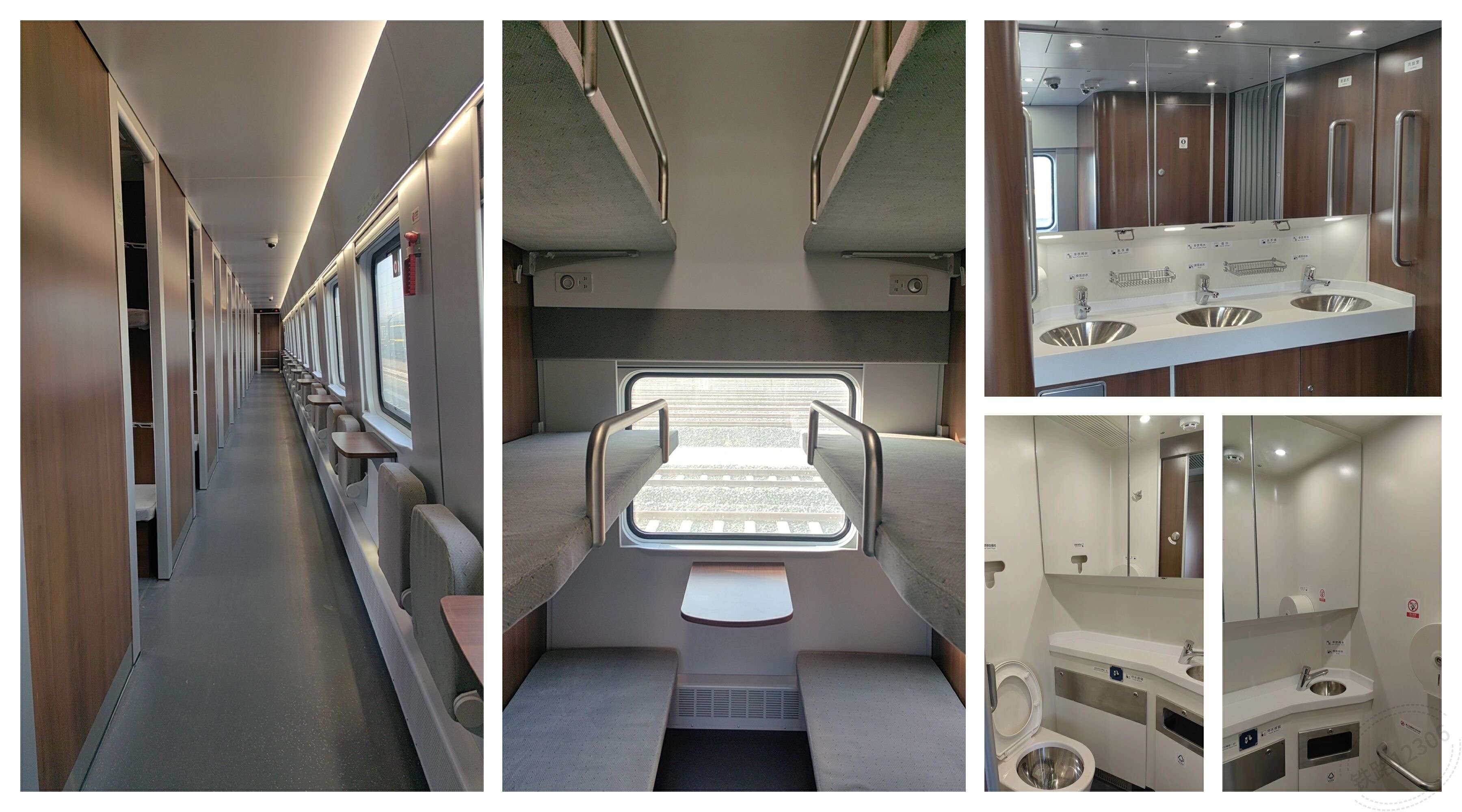
Second Class Sleepers feature open 6-berth compartments (upper/middle/lower bunks) on D trains, and cost about 1.5-1.8 times the base D train fare. They include basic bedding, and each bunk comes with a charging station.
Open Seating (无座/无固定坐席)
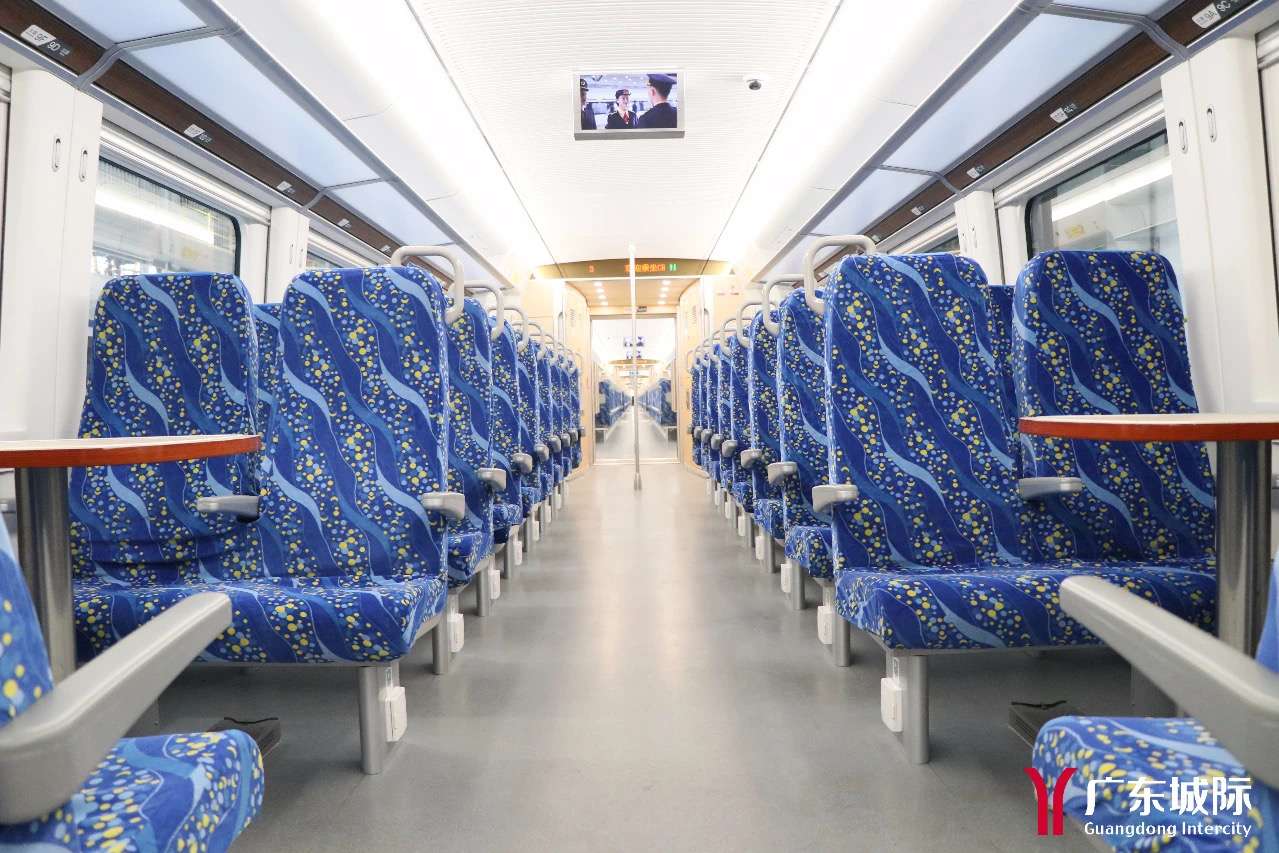
Image credit: Guangdong Intercity
Suburban S-trains (市郊铁路) generally have lower fares because they primarily serve local commuters. Their open seating usually costs 30-50% less than comparable Second Class fares on regular trains. In contrast, Intercity C-trains (城际列车) often price their open seating slightly higher than equivalent high-speed trains (G-trains). For example:
- High-speed Second Class (G/D trains): ¥74.5
- Intercity C-train Open Seating: ¥85 (about 14% more expensive than high-speed). Because Guangdong Railway has the right to set prices independently.
- High-speed Second Class: ¥54.5
- Intercity C-train Open Seating: ¥38.5 (about 30% cheaper than high-speed)
What seat classes are available on China's Ordinary trains?
Ordinary trains (Z/T/K trains) offer a more diverse range of seating options, including Soft Sleeper, Hard Sleeper, Soft Seat and Hard Seat. The sleeper classes are perfect for overnight journeys, with Soft Sleeper providing private 4-berth compartments and Hard Sleeper offering open-plan 6-berth bays. For daytime travel, Soft Seat offer comfortable cushioned seating, while the Hard Seats remain the most economical choice for budget-conscious travellers.
Deluxe Soft Sleeper (高级软卧)
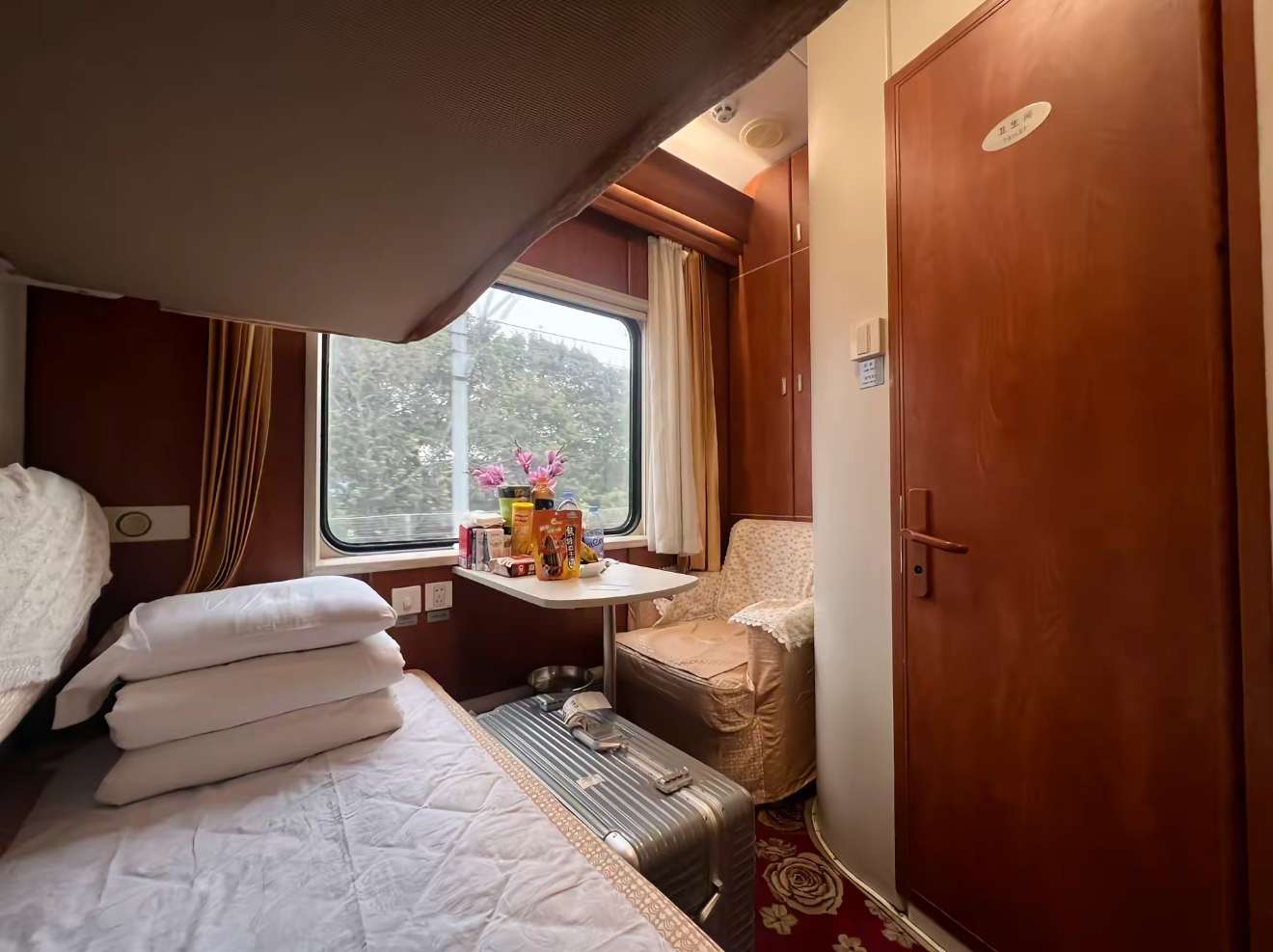
The picture shows the Guangzhou-Shenyang Z14 Deluxe Soft Sleeper (from ¥1686.5), Image credit: Tik Tok
- Private 2-berth cabins
- Wardrobe + private bathroom
- Ensuite bathroom with toilet and sink
- Wider beds + premium bedding
- Sofa seating area + Wardrobe
Soft Sleeper (软卧)
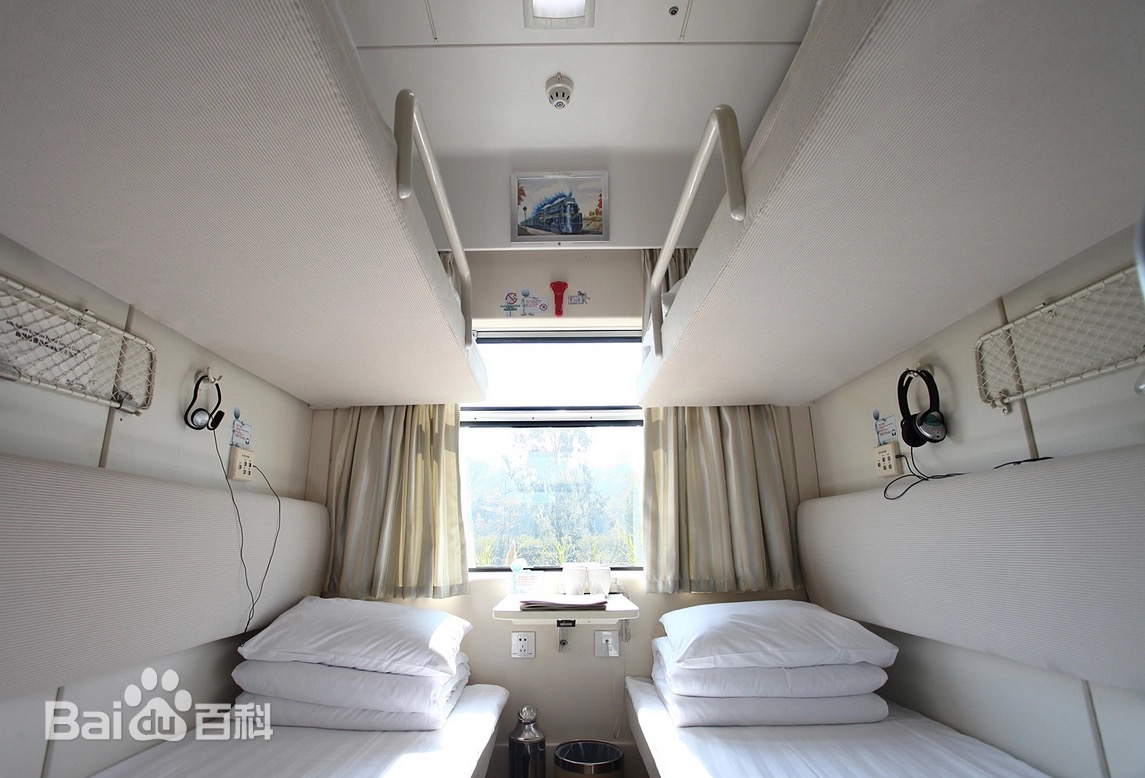
- Private 4-berth compartments with door
- Bedding provided + charging ports
Hard Sleeper (硬卧)
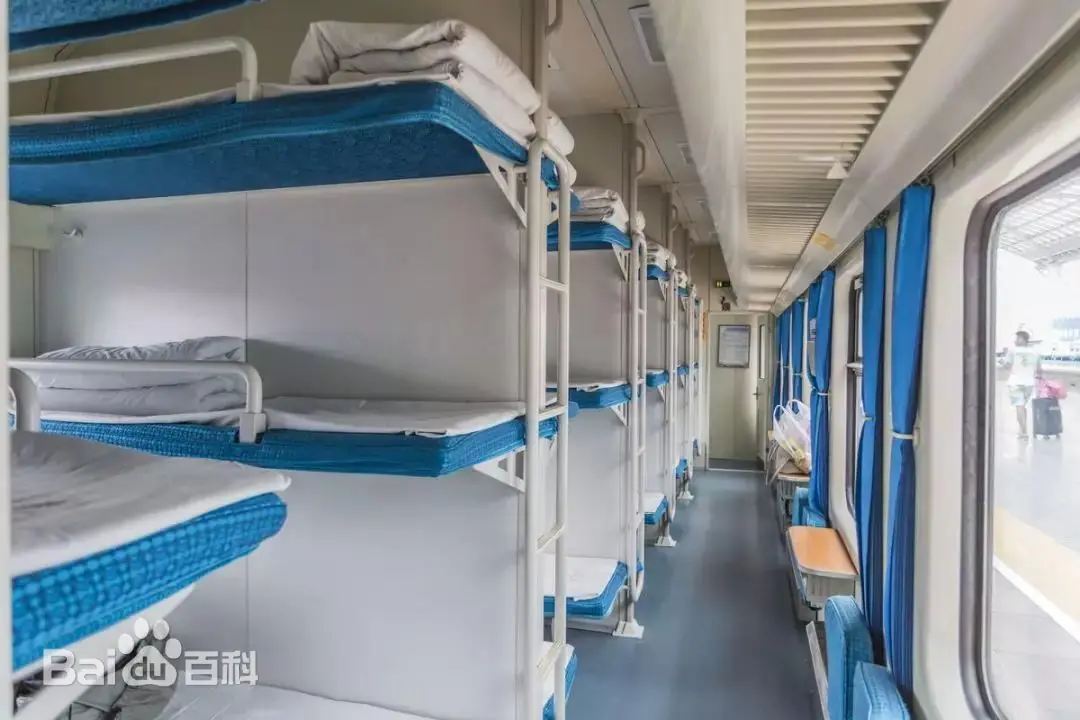
- Open-plan 6-berth bays (no door)
- Middle/upper bunks have less headroom
- Shared charging sockets in the corridor
Soft Seat (软座)
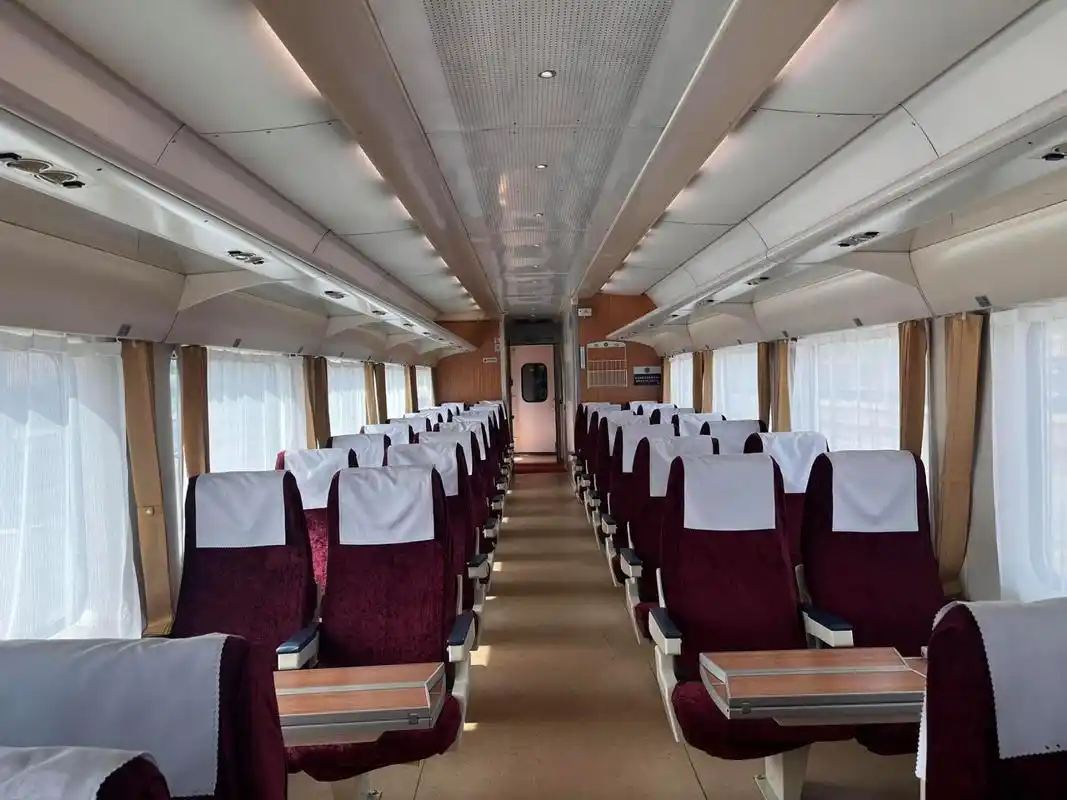
Soft Seat, Image credit: Baidu
- Padded seats with armrests (2+2 layout)
- Adjustable seat backs
- Some trains offer compartment-style soft seats
- Fares are typically 1.5x the hard seat price for same route
Hard Seat (硬座)
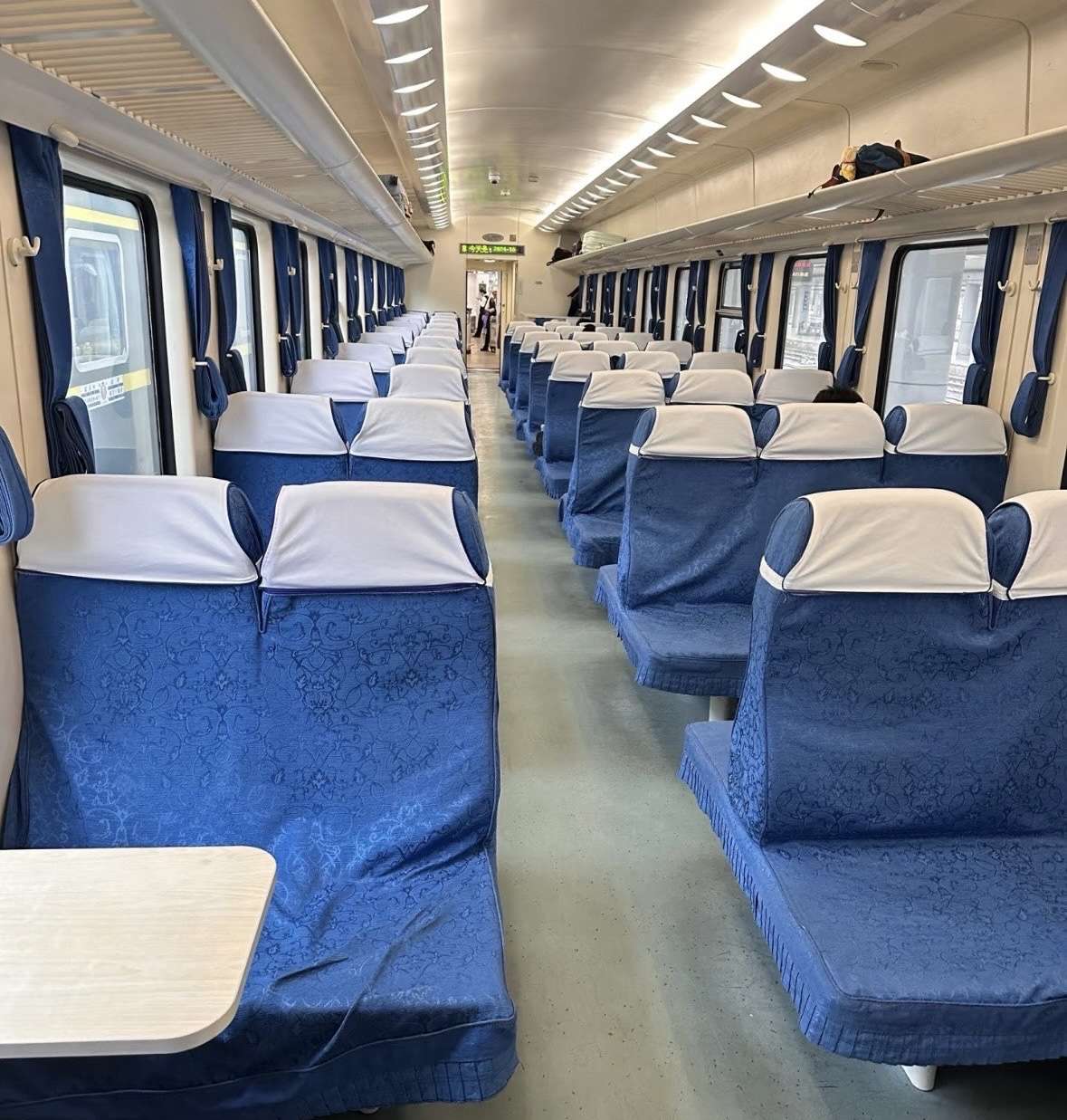
Hard Seat, Image credit: Baidu
- Basic non-reclining seats (3+2 layout)
- Often crowded but cheapest option
How much do different seat classes cost on China's high-speed trains?
High-speed train seat pricing (premium to standard): Business Class > VIP Seat > Premium 1st Class > First Class > Second Class.
Sleeper categories: First Class Sleeper (4-berth) > Second Class Sleeper (6-berth).
Seat Class | Beijing-Shanghai Price Example | Price Multiple (vs Appropriate 2nd Class) |
Business Class | ¥2,318 | 3.5x (vs G train ¥662) |
VIP Seat | - | 2.8-3.2x (estimated vs G train) |
Premium 1st Class | ¥1,457 | 2.2x (vs G train ¥662) |
First Class | ¥1,060 | 1.6x (vs G train ¥662) |
Second Class (G) | ¥662 | 1x (G train base) |
Second Class (D) | ¥316 | 1x (D train base) |
First Class Sleeper | ¥601-680 | 1.9-2.2x (vs D train ¥316) |
Second Class Sleeper | ¥474-553 | 1.5-1.8x (vs D train ¥316) |
*The seat prices from Beijing to Shanghai are the official prices of Railway 12306 in 2025.
| Train Route | Duration | Book Online |
|---|---|---|
| Hong Kong to Guangzhou | 47m | Book Ticket |
| Hong Kong to Shenzhen | 14m | Book Ticket |
| Guangzhou to Shenzhen | 29m | Book Ticket |
| Shanghai to Hangzhou | 39m | Book Ticket |
| Shanghai to Suzhou | 23m | Book Ticket |
| Chengdu to Chongqing | 1h 2m | Book Ticket |
| Shanghai to Nanjing | 1h 38m | Book Ticket |
| Beijing to Tianjin | 1h 2m | Book Ticket |
| Wuhan to Changsha | 1h 11m | Book Ticket |
| Train Route | Duration | Book Online |
|---|---|---|
| Beijing to Shanghai | 4h 18m | Book Ticket |
| Beijing to Xi'an | 4h 10m | Book Ticket |
| Hong Kong to Beijing | 8h 10m | Book Ticket |
| Hong Kong to Shanghai | 8h 6m | Book Ticket |
| Beijing to Guangzhou | 7h 17m | Book Ticket |
| Beijing to Chengdu | 7h 30m | Book Ticket |
| Shanghai to Chengdu | 11h 11m | Book Ticket |
| Beijing to Harbin | 4h 47m | Book Ticket |
| Beijing to Kunming | 10h 55m | Book Ticket |
China Train Seat Classes FAQs
Can I use business lounges with VIP Seats or First Class?
No, VIP Seats or First Class don't include lounge access or priority boarding - these privileges are exclusive to Business Class.
Is the China first class train worth it?
Yes, for journeys over 4 hours - you get 50% more legroom, wider seats, and quieter cabins compared to Second Class.
What is a hard seat in a China train?
Basic non-reclining 3+2 bench seating with minimal padding - the cheapest option but can be crowded.
What's the difference between First Class and Premium First Class?
Premium First Class has wider seats (2+2/1+2 layout on some trains), 20% more legroom, and costs 30-40% more than standard First Class (2+2 layout). Only available on select Fuxinghao routes like Beijing-Shanghai.
Can I upgrade my seat onboard?
Possible if vacancies exist - you can pay the difference to the conductor (in cash or by mobile payment).

 407600 booked
407600 booked